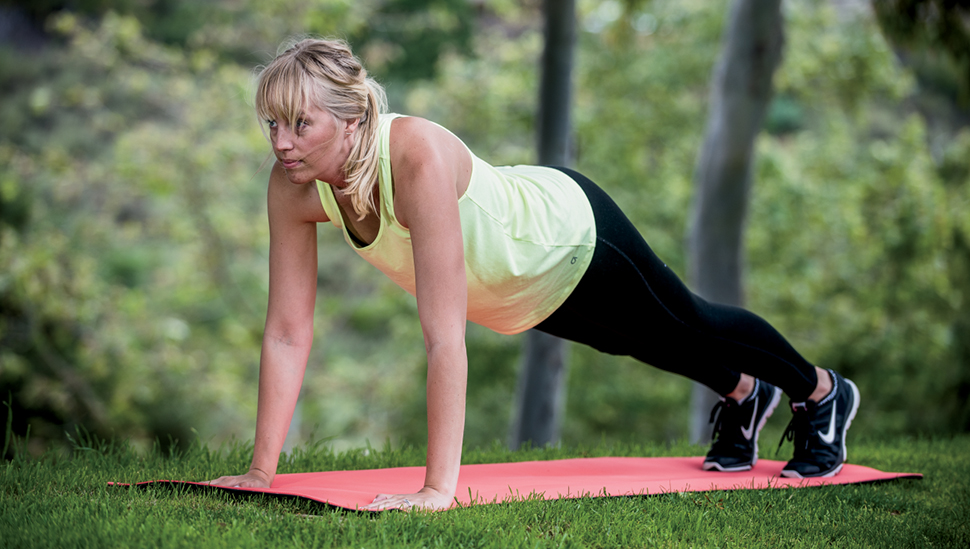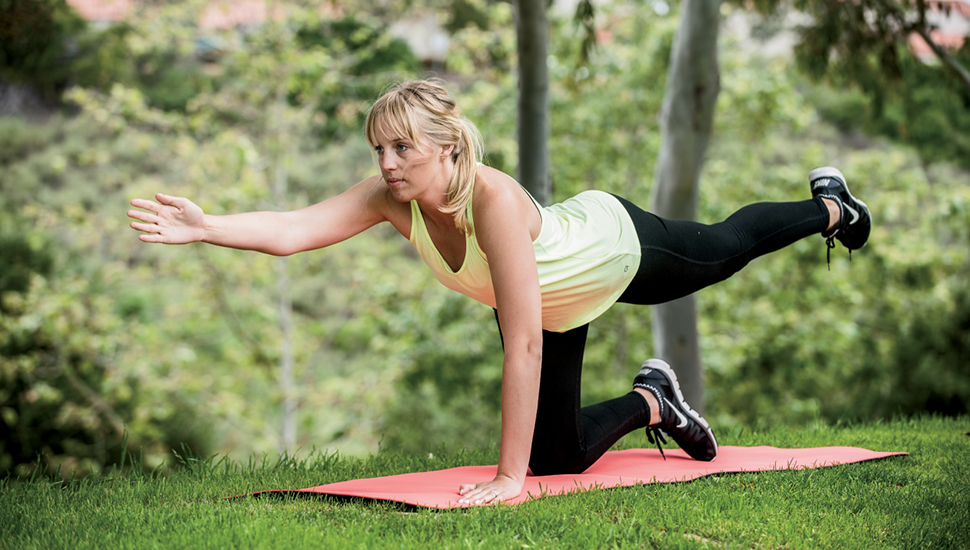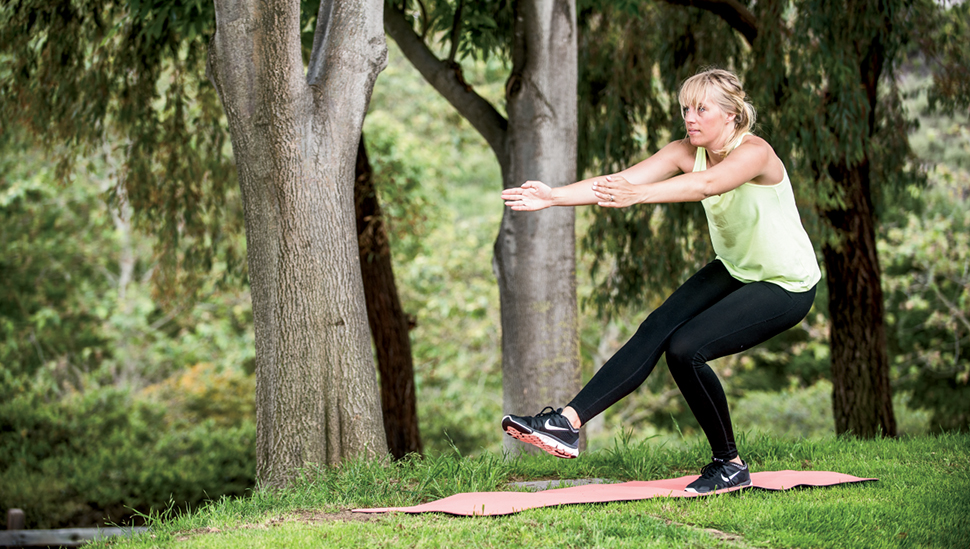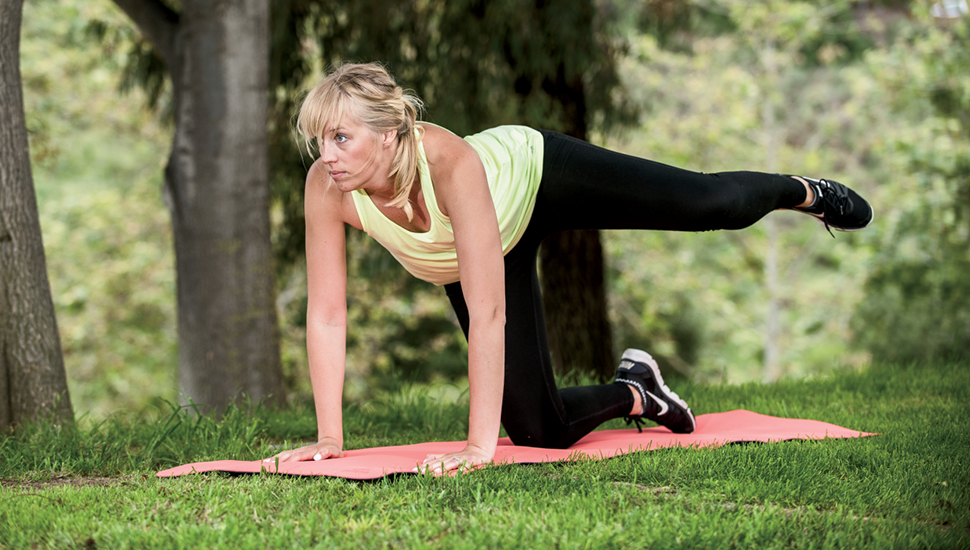If you’re looking to stay in shape or gearing up for a race, fitness guru and SUP racer Chase Kosterlitz recently launched an online training program, Paddle Society, for paddlers of all different skill levels. If you are training to be a SUP racer, she recommends three different focused SUP workouts to build strength and stamina necessary to be a successful paddle racer. Remember to listen to your body, take rest days, alternate the intensity level of your workouts and always remember to pace yourself.
Sprint Interval Workout
Interval training is built on alternating short, high-intensity bursts of speed with slower recovery phases in a single session. By performing high-intensity intervals that produce lactic acid during practice, the body adapts and burns lactic acid more efficiently during other exercises. This results in exercise at a higher intensity for a longer period of time before fatigue or pain slows you down. This will result in a more intense exercise that lasts for a longer period of time before any pain or fatigue slows you down.
Try the interval workout below for a great way to improve your anaerobic system and sprint form. Be sure that you maintain sound technique when you’re sprinting, don’t simply slap the water while increasing stroke rate. Focus on making a solid catch before initiating your power phase. Lastly, always take an easier day of training before and after this workout. It’s a tough one!
- 15-minute warm-up at 70-80 percent max heart rate (see sidebar).
- 10 x 1-minute maximum effort sprints with a 1-minute rest between sprints.
- 10-minute cool-down at 60 to 70 percent max heart rate.
Distance Workout
While sprint training will develop your anaerobic system, longer distance workouts at a lower intensity will help develop the aerobic system. Start doing these longer workouts earlier in your season to establish an aerobic base before heavy loads of anaerobic sprint workouts.
Distance workouts do not need to be completed in a monotonous stretch at a single intensity. You can get more bang for your buck by alternating intensities during distance workouts. This will keep the workout engaging and realistically simulate race conditions, where paddlers frequently change pace.
- 10-minute warm-up at 60-70 percent max heart rate.
- 15 minutes at 80 to 90 percent max heart rate.
- After 15 minutes, 1-minute sprint at max effort.
- Repeat three times for a total of one hour at 80-90 percent max heart rate and 4 x 1-minute max sprint efforts.
- 10-minute cool-down, 60-70 percent.
Cross Training Workout
The best way to train for paddling is through functional, sport-specific movements on your board. Training on the water is important, but training off the water helps you to become a complete athlete, prevents injury and maximizes your paddling potential.
You don’t need to go to the gym and lift weights to make performance gains through cross-training. Use this workout as a great way to improve your strength and prevent injury from overtraining on your board.
Complete the exercises below as a circuit with 1-minute rests between each exercise. Complete four circuits.

Push-ups. Photo: Aaron Black-Schmidt
1) Push Ups
Beginner: 20 reps
Advanced: 30 reps
Place your hands shoulder-width apart and at chest level. Draw shoulder blades back and down, keeping elbows tucked close to your body as you lower your chest to the ground. Keeping your core engaged, exhale as you push back to the starting position and repeat.

Kneeling opposites. Photo: Aaron Black-Schmidt
2) Kneeling Opposites
Beginner: 24 reps
Advanced: 24 reps
Engage your core. From a kneeling position on all fours, extend your right arm and left leg. Return your limbs to center and extend your left arm and right leg. Repeat.

Body Weight Squats. Photo: Aaron Black-Schmidt
3) Body Weight Squat
Beginner: 10 reps (each leg)
Advanced: 12 reps (each leg)
Standing on one leg, lower all the way down. Stabilize with your center of gravity over your grounded foot. Keep your core engaged and chest up. Keep your non-working leg extended straight out and arms extended. Do both legs if one leg is too difficult.

Fire hydrants. Photo: Aaron Black-Schmidt
4) Fire Hydrants
Beginner: 12 reps (each leg)
Advanced: 12 reps (each leg)
Start on all fours, knees directly under your hips and hands directly below your shoulders. Keep your back and neck straight and look forward. Keeping your knee bent, raise your right leg out to the side until your thigh is parallel to the floor like a dog peeing on a fire hydrant.
5) Pull Ups
Beginner: 6 reps
Advanced: 12 reps
Grip the bar with your palms down and arms about shoulder-width apart. Pull yourself up by pulling your elbows down to the floor. Keep your elbows close. Pull yourself all the way up until your chin passes the bar. Lower yourself all the way down until your arms are nearly straight. Breathe. Repeat.
Bonus tip: Heart rate
While heart rate benchmarks vary based on the individual, subtracting your age from 220 is a commonly recommended method for calculating what your max heart rate should be. When training, wear a heart rate monitor so you get immediate feedback about your training effort and minimize any guesswork.



Recent Comments